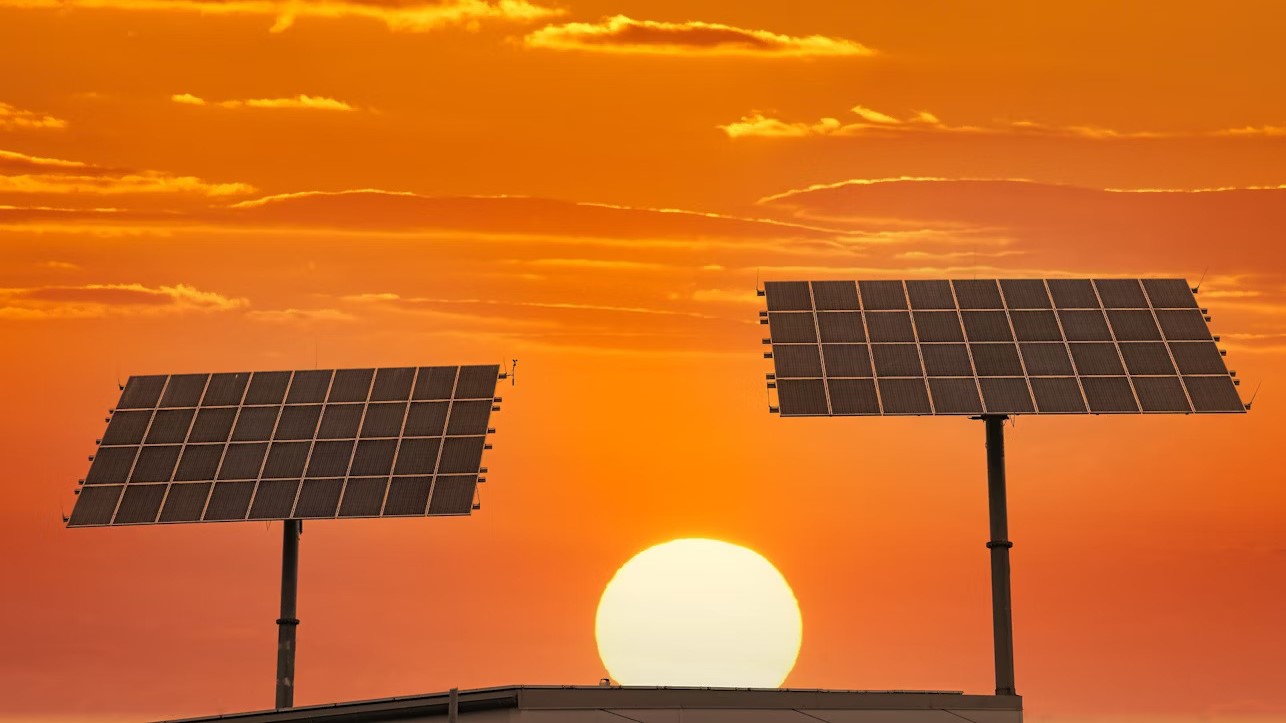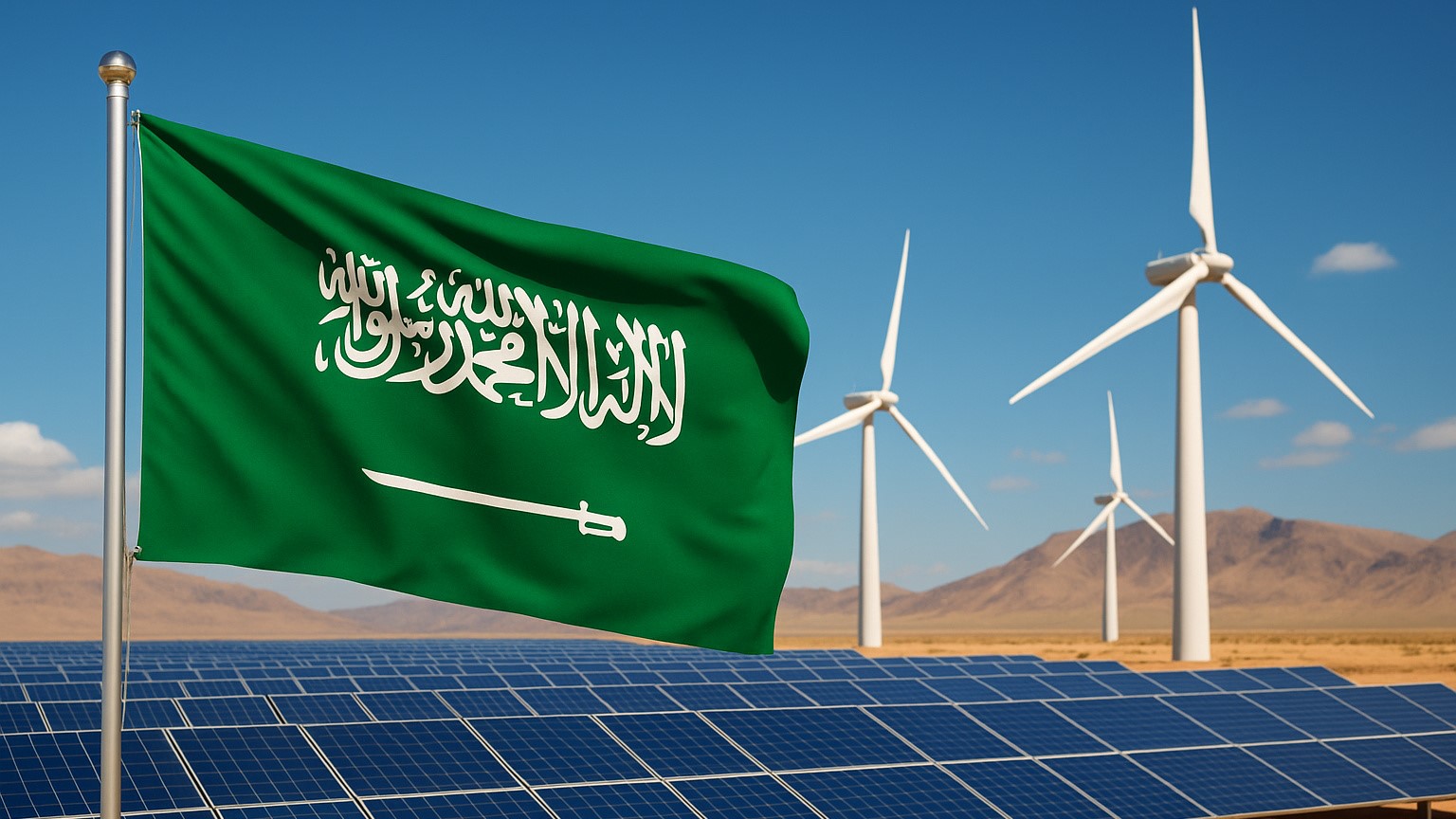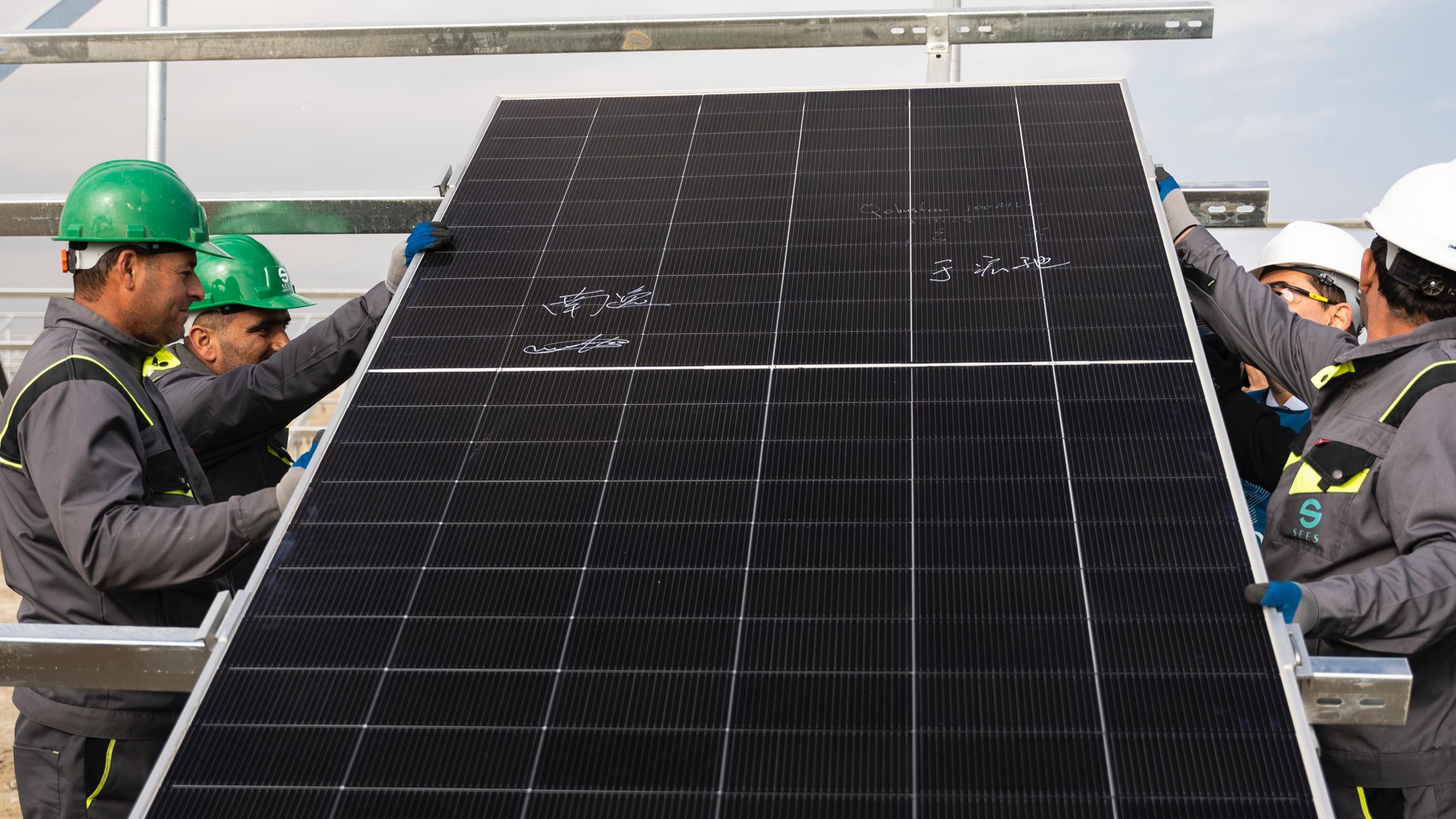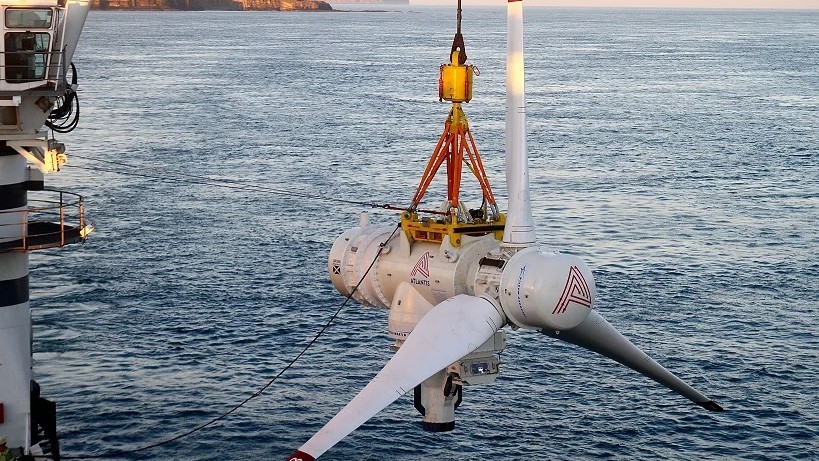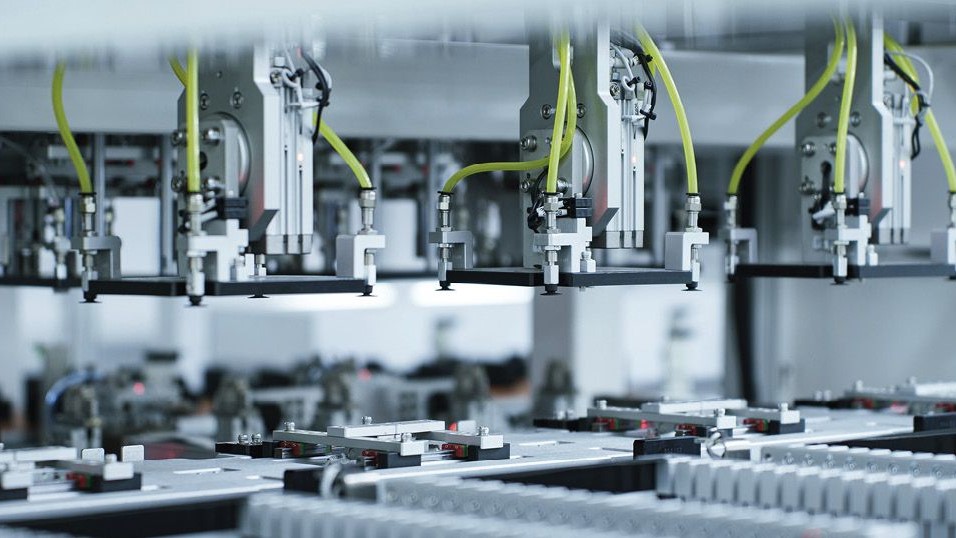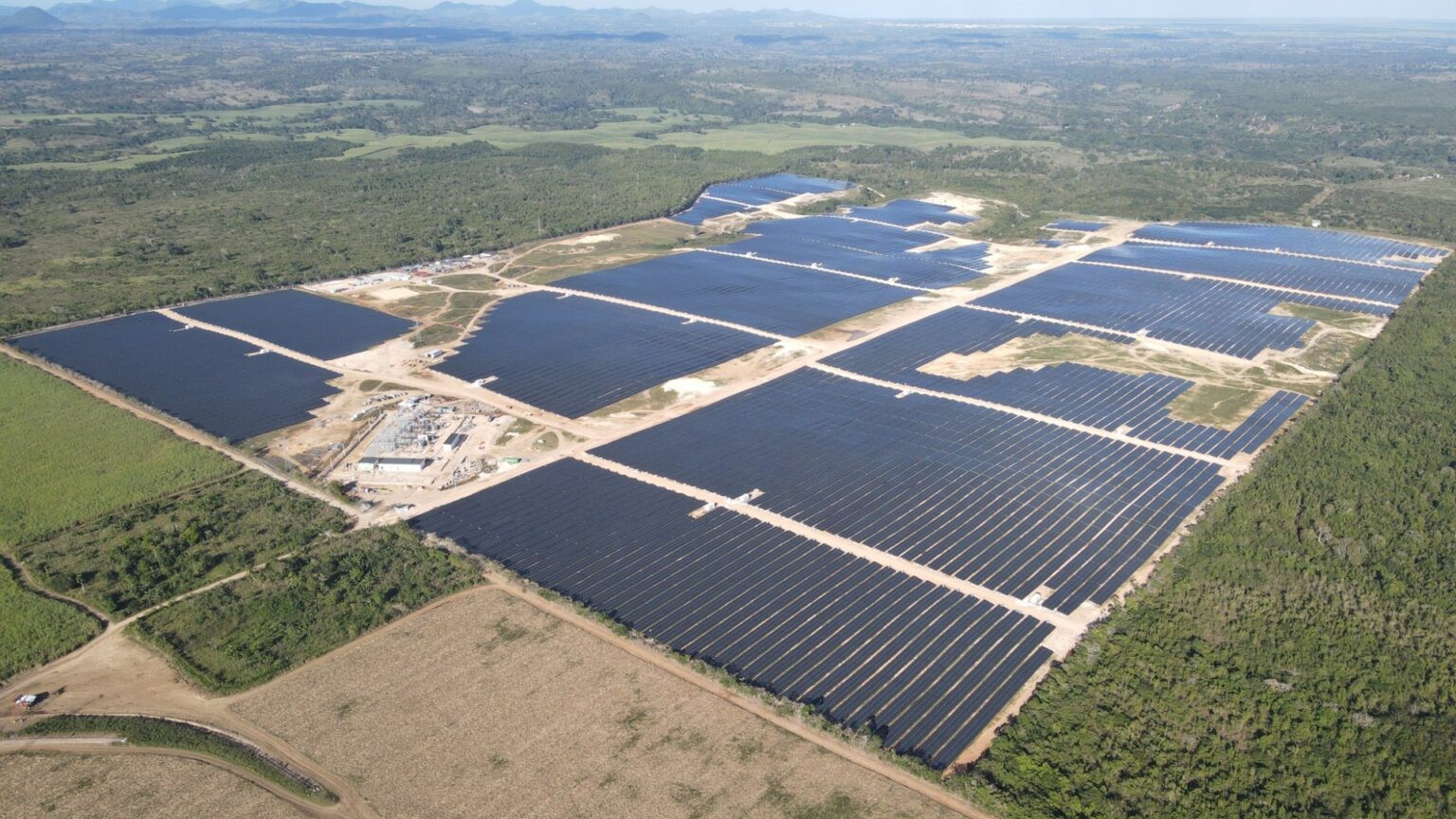There is now more than 20 GW of operational solar capacity across Africa, according to figures from AFSIA.
The total accounts for utility-scale solar, commercial and industrial (C&I) solar, minigrid and solar home systems (SHS) registered in the industry association’s database up to the end of the first half of 2025. AFSIA said its database now also features residential projects in a limited set of countries.
At the end of 2024, AFSIA recorded Africa's cumulative solar capacity at 19.2 GW, indicating that around 0.8 GW was added during January-June 2025.
South Africa remains the leader in Africa’s solar industry, accounting for around half of all current capacity. Egypt, Morocco and Tunisia round out the top four leading African nations for solar capacity to date.
Capacity added in 2025 comes predominantly from Southern Africa. While South Africa continues to invest in large-scale projects, AFSIA said countries including Zambia, Botswana, Zimbabwe, and Namibia announced and completed notable projects during the first half of the year. Outside Southern Africa, Senegal is emerging as a leader in solar deployment, according to AFSIA, having added 54 MW year to date.
AFSIA noted that nearly 40,000 solar projects are at various development stages across Africa, including 10 GW under construction.
The association said capacity under construction “is more spread across the continent.” Algeria, Egypt, Angola, South Africa, Tunisia, and Zambia account for three-quarters of solar construction, with South Africa holding the largest share at 28%.
Utility-scale projects make up 70% of solar capacity currently under construction across Africa, which AFSIA called a “solid rebound” for the segment after it was surpassed by commercial and industrial projects in the early post-pandemic years.


